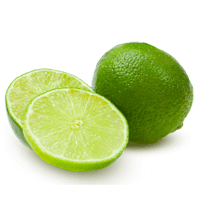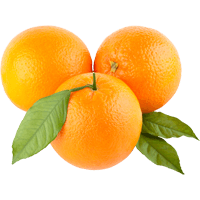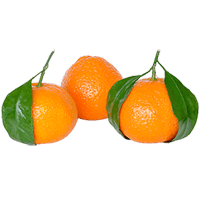Lemon nutrition: calories, carbs, GI, protein, fiber, fats
Lemons, raw, without peel
*all the values are displayed for the amount of 100 grams
Important nutritional characteristics for Lemon
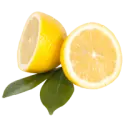
|
Glycemic index ⓘ
Source: Check out our full article on Lemon glycemic index Check out our Glycemic index chart page for the full list.
|
N/A (-) |
| Calories ⓘ Calories per 100-gram serving | 29 |
| Net Carbs ⓘ Net Carbs = Total Carbohydrates – Fiber – Sugar Alcohols | 6.52 grams |
| Serving Size ⓘ Serving sizes are taken from FDA's Reference Amounts Customarily Consumed (RACCs) | 1 NLEA serving (58 grams) |
| Acidity (Based on PRAL) ⓘ PRAL (Potential renal acid load) is calculated using a formula. On the PRAL scale the higher the positive value, the more is the acidifying effect on the body. The lower the negative value, the higher the alkalinity of the food. 0 is neutral. | -2.3 (alkaline) |
| Oxalates ⓘ https://www.sciencedirect.com/science/article/abs/pii/S0308814602002121 | 3mg |
Vitamin C ⓘHigher in Vitamin C content than 88% of foods
Fiber ⓘHigher in Fiber content than 72% of foods
Cryptoxanthin, beta ⓘHigher in Cryptoxanthin, beta content than 60% of foods
Alpha Carotene ⓘHigher in Alpha Carotene content than 54% of foods
Calcium ⓘHigher in Calcium content than 53% of foods
Lemon calories (kcal)
| Serving Size | Calories | Weight |
|---|---|---|
| Calories in 100 grams | 29 | |
| Calories in 1 cup, sections | 61 | 212 g |
| Calories in 1 NLEA serving | 17 | 58 g |
Lemon Glycemic index (GI)
Source:
Check out our full article on Lemon glycemic index
Check out our Glycemic index chart page for the full list.
Mineral coverage chart
Calcium:
26 mg of 1,000 mg
3%
Iron:
0.6 mg of 8 mg
8%
Magnesium:
8 mg of 420 mg
2%
Phosphorus:
16 mg of 700 mg
2%
Potassium:
138 mg of 3,400 mg
4%
Sodium:
2 mg of 2,300 mg
0%
Zinc:
0.06 mg of 11 mg
1%
Copper:
0.037 mg of 1 mg
4%
Manganese:
0.03 mg of 2 mg
1%
Selenium:
0.4 µg of 55 µg
1%
Choline:
5.1 mg of 550 mg
1%
Mineral chart - relative view
Calcium
26 mg
TOP 47%
Manganese
0.03 mg
TOP 71%
Iron
0.6 mg
TOP 73%
Potassium
138 mg
TOP 74%
Copper
0.037 mg
TOP 86%
Magnesium
8 mg
TOP 87%
Phosphorus
16 mg
TOP 90%
Selenium
0.4 µg
TOP 91%
Choline
5.1 mg
TOP 92%
Zinc
0.06 mg
TOP 94%
Sodium
2 mg
TOP 96%
Vitamin coverage chart
Vitamin A:
22 IU of 5,000 IU
0%
Vitamin E :
0.15 mg of 15 mg
1%
Vitamin D:
0 µg of 10 µg
0%
Vitamin C:
53 mg of 90 mg
59%
Vitamin B1:
0.04 mg of 1 mg
3%
Vitamin B2:
0.02 mg of 1 mg
2%
Vitamin B3:
0.1 mg of 16 mg
1%
Vitamin B5:
0.19 mg of 5 mg
4%
Vitamin B6:
0.08 mg of 1 mg
6%
Folate:
11 µg of 400 µg
3%
Vitamin B12:
0 µg of 2 µg
0%
Vitamin K:
0 µg of 120 µg
0%
Vitamin chart - relative view
Vitamin C
53 mg
TOP 12%
Vitamin A
22 IU
TOP 58%
Folate
11 µg
TOP 59%
Vitamin B6
0.08 mg
TOP 70%
Vitamin B1
0.04 mg
TOP 78%
Vitamin E
0.15 mg
TOP 81%
Vitamin B5
0.19 mg
TOP 82%
Vitamin B2
0.02 mg
TOP 92%
Vitamin B3
0.1 mg
TOP 92%
Vitamin D
0 µg
TOP 100%
Vitamin K
0 µg
TOP 100%
Vitamin B12
0 µg
TOP 100%
Macronutrients chart
Protein:
Daily Value: 2%
1.1 g of 50 g
2%
Fats:
Daily Value: 0%
0.3 g of 65 g
0%
Carbs:
Daily Value: 3%
9.32 g of 300 g
3%
Water:
Daily Value: 4%
88.98 g of 2,000 g
4%
Other:
0.3 g
Fat type information
Saturated Fat:
0.039 g
Monounsaturated Fat:
0.011 g
Polyunsaturated fat:
0.089 g
Fiber content ratio for Lemon
Sugar:
2.5 g
Fiber:
2.8 g
Other:
4.02 g
All nutrients for Lemon per 100g
| Nutrient | Value | DV% | In TOP % of foods | Comparison |
| Calories | 29kcal | 1% | 94% |
1.6 times less than Orange
|
| Protein | 1.1g | 3% | 84% |
2.6 times less than Broccoli
|
| Fats | 0.3g | 0% | 85% |
111 times less than Cheddar Cheese
|
| Vitamin C | 53mg | 59% | 12% |
Equal to Lemon
|
| Net carbs | 6.52g | N/A | 53% |
8.3 times less than Chocolate
|
| Carbs | 9.32g | 3% | 50% |
3 times less than Rice
|
| Cholesterol | 0mg | 0% | 100% |
N/A
|
| Vitamin D | 0µg | 0% | 100% |
N/A
|
| Iron | 0.6mg | 8% | 73% |
4.3 times less than Beef broiled
|
| Calcium | 26mg | 3% | 47% |
4.8 times less than Milk
|
| Potassium | 138mg | 4% | 74% |
1.1 times less than Cucumber
|
| Magnesium | 8mg | 2% | 87% |
17.5 times less than Almond
|
| Sugar | 2.5g | N/A | 57% |
3.6 times less than Coca-Cola
|
| Fiber | 2.8g | 11% | 28% |
1.2 times more than Orange
|
| Copper | 0.04mg | 4% | 86% |
3.8 times less than Shiitake
|
| Zinc | 0.06mg | 1% | 94% |
105.2 times less than Beef broiled
|
| Phosphorus | 16mg | 2% | 90% |
11.4 times less than Chicken meat
|
| Sodium | 2mg | 0% | 96% |
245 times less than White Bread
|
| Vitamin A | 22IU | 0% | 58% |
759.4 times less than Carrot
|
| Vitamin A RAE | 1µg | 0% | 72% | |
| Vitamin E | 0.15mg | 1% | 81% |
9.7 times less than Kiwifruit
|
| Selenium | 0.4µg | 1% | 91% | |
| Manganese | 0.03mg | 1% | 71% | |
| Vitamin B1 | 0.04mg | 3% | 78% |
6.7 times less than Pea raw
|
| Vitamin B2 | 0.02mg | 2% | 92% |
6.5 times less than Avocado
|
| Vitamin B3 | 0.1mg | 1% | 92% |
95.7 times less than Turkey meat
|
| Vitamin B5 | 0.19mg | 4% | 82% |
5.9 times less than Sunflower seed
|
| Vitamin B6 | 0.08mg | 6% | 70% |
1.5 times less than Oat
|
| Vitamin B12 | 0µg | 0% | 100% |
N/A
|
| Vitamin K | 0µg | 0% | 100% |
N/A
|
| Folate | 11µg | 3% | 59% |
5.5 times less than Brussels sprout
|
| Trans Fat | 0g | N/A | 100% |
N/A
|
| Saturated Fat | 0.04g | 0% | 87% |
151.2 times less than Beef broiled
|
| Monounsaturated Fat | 0.01g | N/A | 92% |
890.8 times less than Avocado
|
| Polyunsaturated fat | 0.09g | N/A | 86% |
530 times less than Walnut
|
| Omega-3 - EPA | 0g | N/A | 100% |
N/A
|
| Omega-3 - DHA | 0g | N/A | 100% |
N/A
|
| Omega-3 - DPA | 0g | N/A | 100% |
N/A
|
Check out similar food or compare with current
NUTRITION FACTS LABEL
Nutrition Facts
___servings per container
Serving Size ______________
Serving Size ______________
Amount Per 100g
Calories 29
% Daily Value*
0%
Total Fat
0g
0%
Saturated Fat 0g
0%
Cholesterol 0mg
0%
Sodium 2mg
3%
Total Carbohydrate
9g
12%
Dietary Fiber
3g
Total Sugars g
Includes ? g Added Sugars
Protein
1g
Vitamin D
0mcg
0%
Calcium
26mg
3%
Iron
1mg
13%
Potassium
138mg
4%
*
The % Daily Value (DV) tells you how much a nutrient in a serving of food contributes to a daily diet. 2,000 calories a day is used for general nutrition advice.
Health checks
Low in Cholesterol
ⓘ
Dietary cholesterol is not associated with an increased risk of coronary heart disease in healthy individuals. However, dietary cholesterol is common in foods that are high in harmful saturated fats.
Source
No Trans Fats
ⓘ
Trans fat consumption increases the risk of cardiovascular disease and mortality by negatively affecting blood lipid levels.
Source
Low in Saturated Fats
ⓘ
Saturated fat intake can raise total cholesterol and LDL (low-density lipoprotein) levels, leading to an increased risk of atherosclerosis. Dietary guidelines recommend limiting saturated fats to under 10% of calories a day.
Source
Low in Sugars
ⓘ
While the consumption of moderate amounts of added sugars is not detrimental to health, an excessive intake can increase the risk of obesity, and therefore, diabetes.
Source
Lemon nutrition infographic
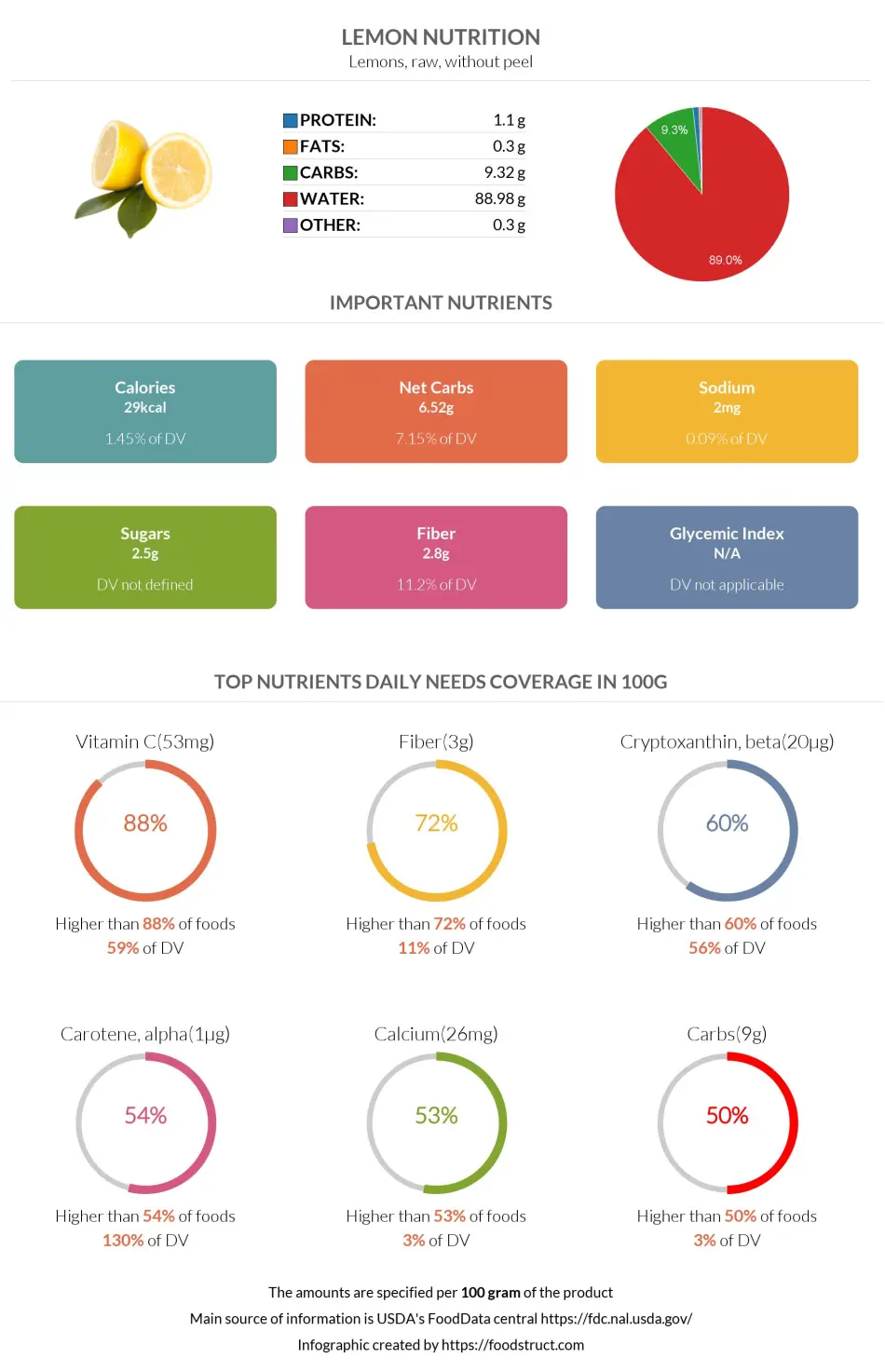
Infographic link
References
All the values for which the sources are not specified explicitly are taken from FDA’s Food Central. The exact link to the food presented on this page can be found below.
